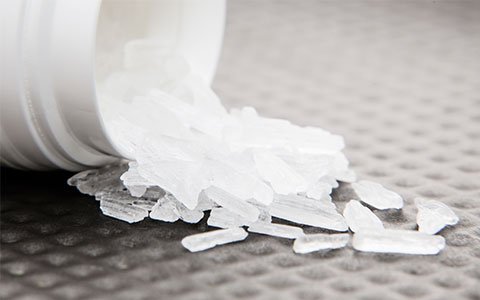Completed suicide among methamphetamine users: A national study
All Australian cases of methamphetamine‐related suicide (2009–2015) retrieved from the National Coronial Information System were examined to determine crude mortality rates, characteristics and circumstances of death, and blood toxicology.
There were 300 cases, 18.2% of all methamphetamine‐related deaths, and 1.6% of all completed suicides. The mean age was 33.1 years, and 77.0% were male. The crude mortality rate was 1.9 per 106, with males having a significantly higher rate than females (2.9 vs. 0.9 per 106).
A quarter were known to have previous suicide attempts, and a history of psychosis was noted in 12.3%. In 40.7% of cases, witnesses described the decedent as having been agitated and/or aggressive immediately prior to the incident. The vast majority (85.3%), and of both sexes (males 87.0%, females 79.7%), used violent methods. Hanging (70.3%) was overwhelmingly the most frequent method among both males (70.1%) and females (71.0%).
Prescription medications were frequently present: hypnosedatives (23.6%), antidepressants (19.5%), and antipsychotics (8.4%). Self‐poisoning cases were significantly more likely to have antidepressants (odds ratio: 4.2) and opioids (4.9) present, but less likely to have cannabis (0.3). Methamphetamine‐related suicide makes a large contribution to methamphetamine‐related death and represents a substantial clinical and public health problem.











